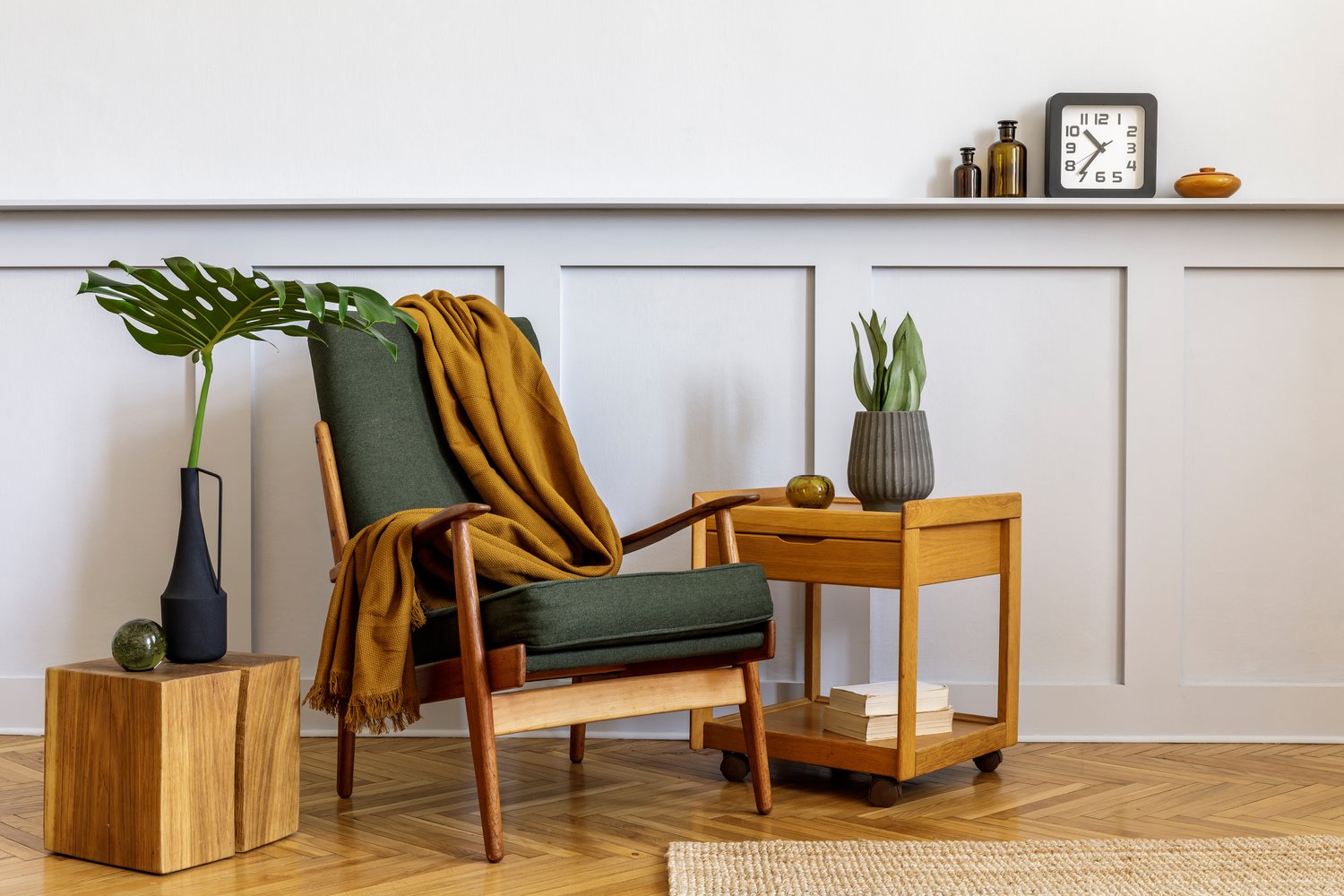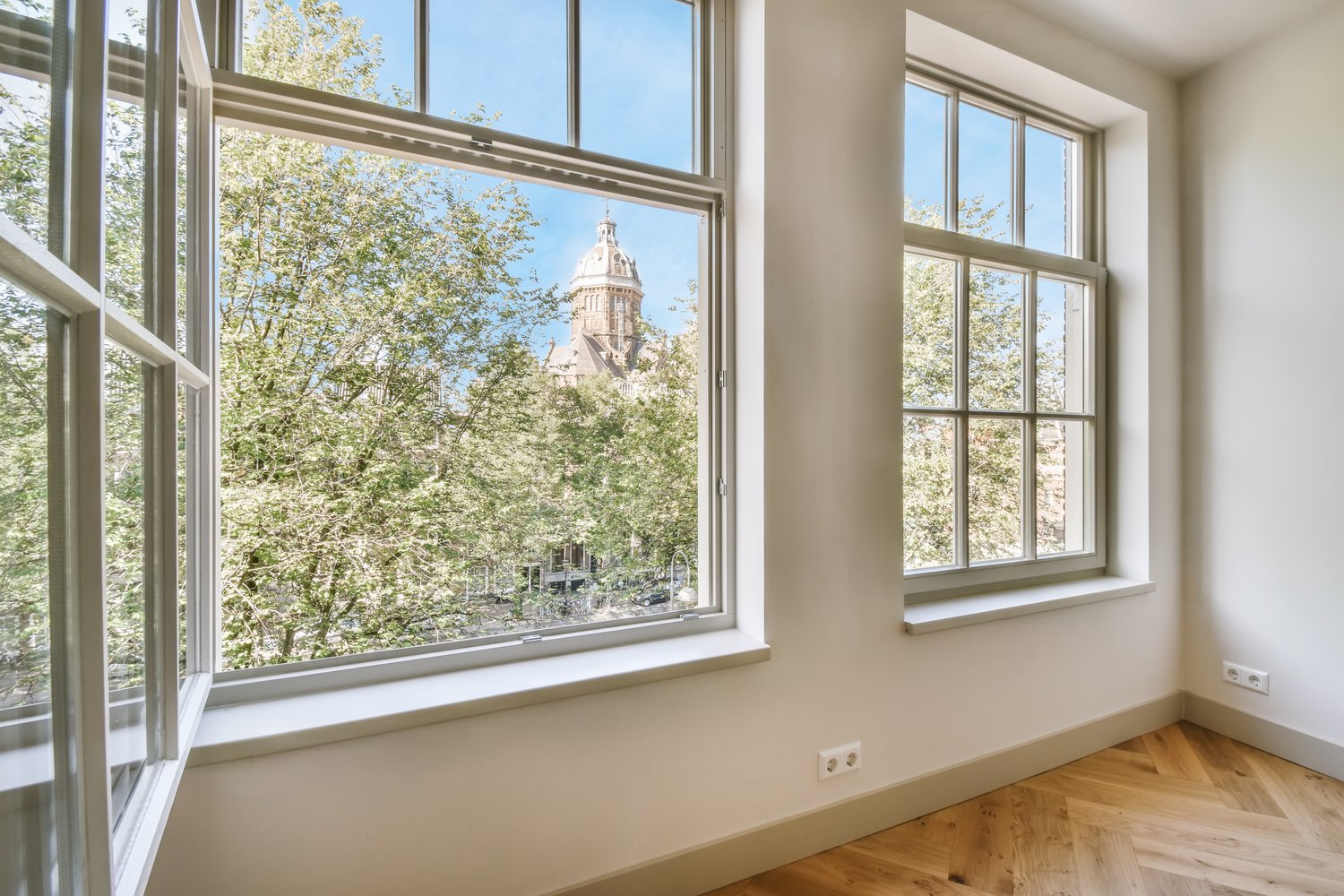Your garage door can account for up to 30% of your home’s facade, making it a crucial element in your property’s overall aesthetic appeal. Finding the perfect garage door design that complements your home’s architectural style can significantly enhance your curb appeal and property value. This article explores how different garage door styles—from traditional raised-panel designs to carriage house doors and sleek contemporary options—can be matched with various architectural home styles to create a cohesive and attractive exterior appearance.
Understanding Garage Door Design Basics
Before diving into specific matching recommendations, it’s important to understand the fundamental elements that make up garage door design. The materials, panel style, window placement, hardware, and color all contribute to the overall look of your garage door. When you choose garage door design elements wisely, you create visual harmony with your home’s existing architectural features. Traditional homes typically feature symmetry and classic details, while modern homes emphasize clean lines and minimal ornamentation. Your garage door should speak the same design language as the rest of your house, creating a seamless transition rather than an obvious mismatch that draws attention for the wrong reasons.
Traditional Architectural Styles and Complementary Garage Doors
Colonial, Victorian, Craftsman, and Tudor homes fall under the traditional architectural umbrella, each with distinctive characteristics. For Colonial-style homes with their symmetrical facades and shuttered windows, raised-panel garage doors with rectangular panels arranged in clean, orderly patterns offer a complementary classic look. Victorian homes, known for their ornate details and decorative trim, pair beautifully with carriage house garage doors featuring decorative hardware, arched windows, and detailed panel designs that echo the home’s intricate aesthetic. Craftsman homes, with their emphasis on natural materials and handcrafted details, benefit from garage doors with rectangular panels, dentil shelves, and windows that mirror the distinctive divided-light windows of the main house.
Tudor-style homes with their distinctive half-timbering and steep roof pitches look authentic when paired with garage doors that incorporate arched designs and decorative metal hardware, creating a medieval-inspired appearance that honors the home’s historical roots. When selecting garage door styles to match house architecture of traditional homes, opt for wood or wood-composite materials that can be stained or painted to complement the existing color scheme and historical character of your property.
Modern and Contemporary Home Garage Door Solutions
The clean lines and minimalist approach of modern and contemporary architecture call for garage doors that embrace simplicity and highlight material quality. For mid-century modern homes, consider aluminum and glass garage doors with frosted or clear glass panels that echo the home’s characteristic large windows while maintaining privacy. These doors allow natural light to filter into the garage space while creating a striking architectural statement.
For ultra-contemporary homes with industrial influences, consider aluminum garage doors with a brushed or anodized finish, or steel doors with a smooth, flush design that emphasizes the clean, unadorned aesthetic central to contemporary design. Many homeowners with modern homes are now installing carriage house garage doors with a modern contemporary twist—keeping the traditional frame structure but replacing decorative hardware with minimalist handles and hinges, and using industrial materials like brushed metal instead of traditional wrought iron. According to experts at AskHomey, this fusion approach allows homeowners to incorporate warmth into otherwise stark modern exteriors while maintaining design integrity.
Transitional Home Styles and Versatile Garage Doors
Many American homes don’t fit neatly into a single architectural category but instead blend elements from different styles. These transitional homes offer more flexibility when selecting garage door designs. Recessed panel garage doors with minimal decorative hardware serve as versatile options that can complement a range of architectural influences. For homes with both traditional and modern elements, consider carriage-style doors with clean lines and simplified details that acknowledge historical influences without appearing overly ornate.
The color of your garage door plays a significant role in how well it matches your home’s architecture. For traditional homes, doors that match the trim color or main body color of the house often create a harmonious look. Contemporary homes frequently feature garage doors in contrasting colors or statement finishes like copper or cor-ten steel that create visual interest while complementing the home’s modern material palette.
Regional Considerations for Garage Door Selection
Regional architectural traditions and climate conditions should influence your garage door selection as well. In coastal areas prone to high humidity and salt exposure, durable materials like fiberglass composite or vinyl that resist corrosion may be more practical than traditional wood, regardless of your home’s style. In desert regions where sun exposure is intense, insulated doors with UV-resistant finishes help maintain comfortable temperatures while preventing color fading and material deterioration.
Homes in hurricane-prone regions require garage doors with reinforced construction that meets local building codes for wind resistance, which may influence the style options available to you. Working with a local garage door specialist familiar with your region’s specific requirements can help you navigate these practical considerations while still achieving the aesthetic match between garage door styles and your house architecture.
For more tips and to connect with reliable home service professionals, follow AskHomey on Facebook and Instagram.



